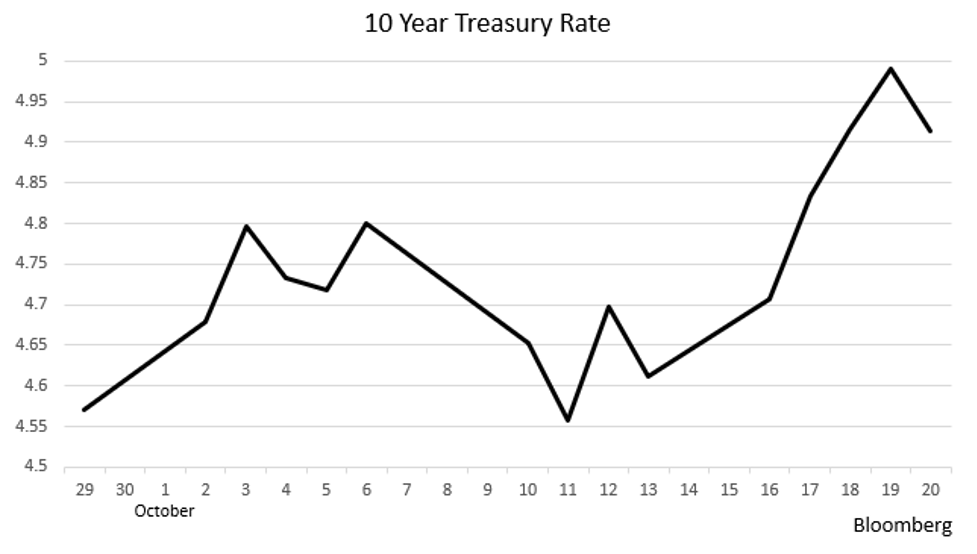There’s no ducking it now. The widespread, serious negatives have reached a critical level. There are no cures available except a major reset of investor beliefs, rationale and expectations.
Importantly, this reset is not of the “typical” overoptimistic, fad-driven, easy-money booms. Instead, it is the return to traditional capital market operations that had been skewed by the Federal Reserve since 2008 — 15 years! Never has there been such an extended period and enormous, anti-capital market actions.
Note: “Had been skewed” is the proper description because the bond and money markets have now retaken their interest rate-setting role. That is a key step because using market-driven, demand-supply pricing of capital is at the heart of robust, successful capitalism.
The Fed’s two primary actions were near 0% interest rates that produced dramatic inequities, and $trillions of money creation that has led to high inflation – mirroring what all history has shown. Perhaps worse is the damage done to investors and others by those 15 years of improper Fed actions and misleading, even false, explanations.
So, now come the new education courses. They will be painful and, at first, seem wrong. In fact, the media is already attempting to explain away some of the current negatives and even add a positive spin by assuming there will be a return to those previous Fed-driven conditions. That won’t happen. When trends reverse, they die because successful investing always refocuses from the worn-out, past trend to the new, future-based one.
Why must there be a crash?
The recent 2+ month sell-off has been inadequate. The broad list of negatives and the strong investor mindset require a vivid upheaval to shake things up. And that means a scary plummet is required to produce the shock needed.
As to the negatives and the current selloff, I’ve discussed them in these previous articles:
How low could the stock market go?
There is no way of knowing now. There are too many unknowns about how investors (individual and institutional) have their portfolios structured. We do know that options, margin accounts and other uses of leverage have been popular. Those investors will feel the pain most, because it doesn’t take a 100% price drop to wipe them out.
Additionally, enormous investing power exists in the hedge fund industry. Those funds’ ability and willingness to take large positions, long and short, raises the risk. Remember the saying, “It’s easier to scare an investor than to reassure one.” In other words, a selloff hyped by short-selling can have a significant effect on investors’ desire to sell and get out.
Add to that the stock market’s Achilles heel: A rapid stock price drop. Without specialists standing by to help calm a stock’s action, “circuit breakers” (temporary stops in trading) activate when a price move hits a percentage level, down or up. But then trading starts up again, so the same players (long and short) can resume their actions. GameStop’s
GME
The bottom line – Investor emotions are about to take over
When understanding is undermined, reasonable thinking goes out the window, and emotions move in.
Therefore, expect investors (and the media) to shift soon into no-man’s-land where puzzlement reigns. Then, as the stock market falls further, the realization that – for some reason – something is wrong and things could get worse. Finally comes the washout, when many investors decide to get out, either because they can’t take it anymore or because they expect a terrible event is close at hand – a climactic stock market drop and/or an economic depression.
The best way to protect oneself from such mistakes is to have plenty of cash reserves. That cushion not only softens the performance blow, it creates a positive interest in buying when the selling gets heated.
Read the full article here







